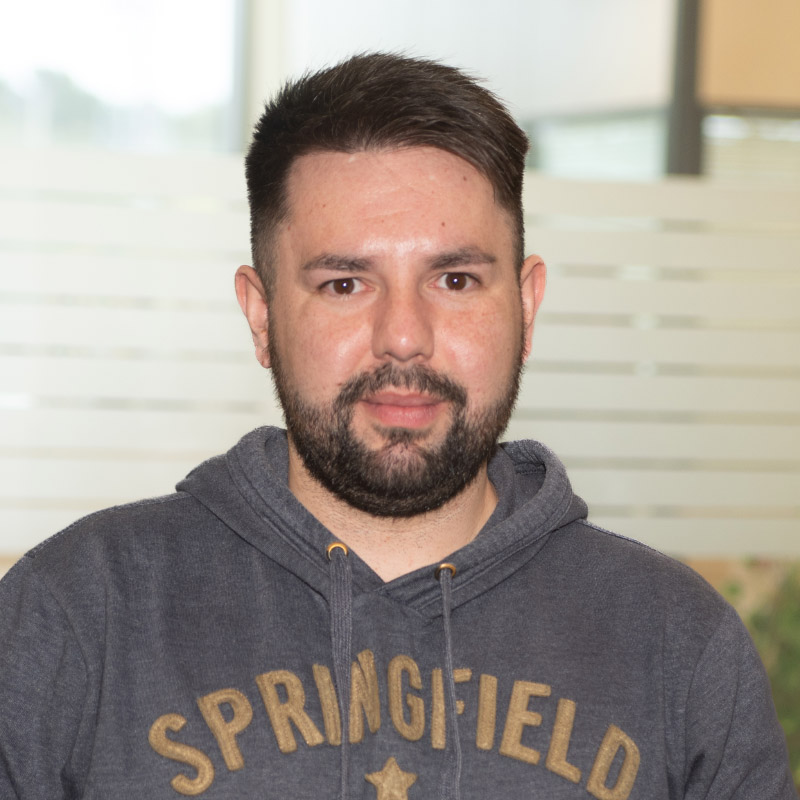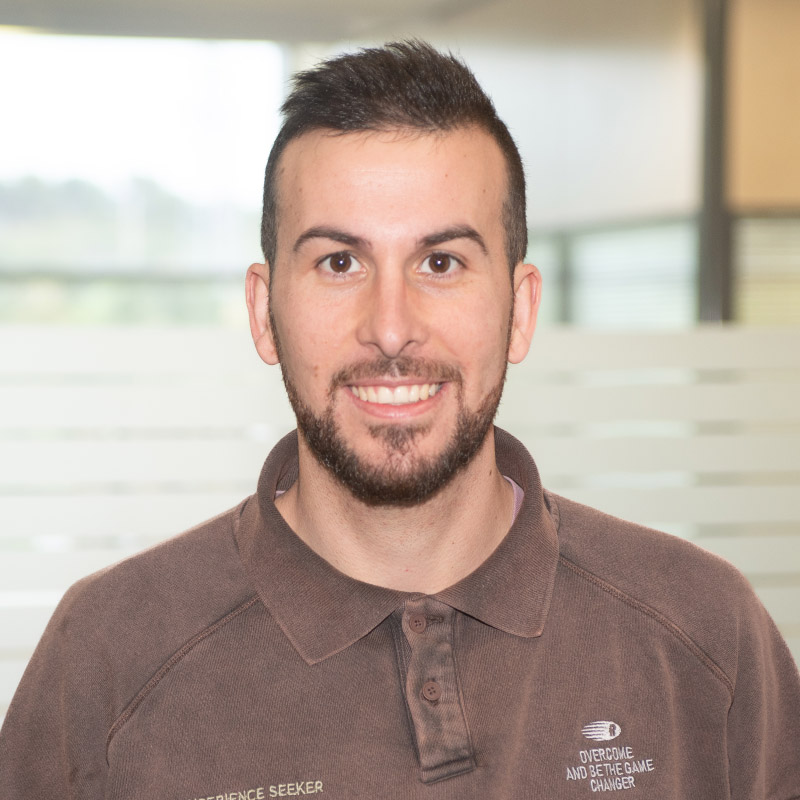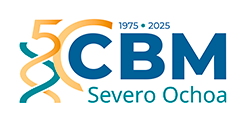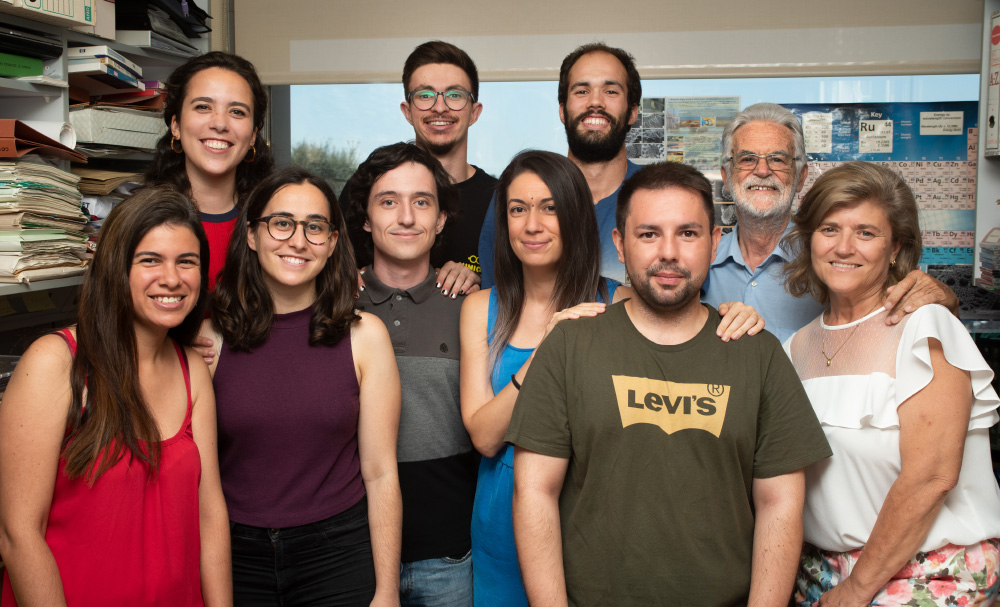Scientific Program
Interactions with the environment
RESEARCH GROUP
Molecular ecology of extreme environments

Ricardo Amils
Our lab has been involved in the last years in the characterization of the extreme acidic ecosystem of Río Tinto (Iberian Pyrite Belt, IPB), its diversity, ecology and possible biotechnological applications of the isolated microorganisms. Recently we have been interested in the origin of this peculiar extreme environment characterizing the diversity involved in the biogeochemical cycles operating in the deep subsurface of the IPB.
Research
This area of research has the following objectives:
– Acidophiles: conventional microbial ecology, molecular ecology, molecular biology and biotechnology of extreme acidic environments (biomining, specific metal sequestering, biomineralization and phytoremediation). This objective is mainly interested in the exploration of biotechnological applications of acidophiles, most of them related with the recovery of metals from minerals or from contaminated waters.
– Geomicrobiology of the Iberian Pyrite Belt (IPB) subsurface: characterization of the underground bioreactor responsible of the extreme acidic conditions detected in the Río Tinto basin. The development of this objective allowed to identify the microorganisms involved in the biogeochemical cycles (C, N, S, Fe) operating in the subsurface of the IPB. Nitrate reducing microorganisms have been identified as responsible of oxidizing ferrous iron in strict anaerobic conditions, facilitating the chemical attack to the high concentration of metal sulfides existing in the IPB, generating the extreme conditions detected in the Tinto basin.
– Geomicrobiological characterization of extreme environments as habitability models of astrobiological interest: The following ecosystems are studied: Río Tinto, Spain (Mars analogue); Uyuni salt lake, Bolivia (Europa analogue); Tirez hypersaline lagoon, Spain (Europa analogue) and Dallol in the Danakil depression, Ethiopia (Mars analogue). This objective aims to characterize different extreme environments as models for life in different planets and moons of the solar system. This research is interested in knowing the limits of life characterizing analogue ecosystems in our planet as preparation of future space exploration missions.
Group members

José Pascual Abad Lorenzo
Lab.: 104 Ext.: 4545
jpabad(at)cbm.csic.es

Ricardo Amils Pibernat
Lab.: 104 Ext.: 4504
ramils(at)cbm.csic.es

Irma Marín Palma
Lab.: 104 Ext.: 4545
imarin(at)cbm.csic.es

José Manuel Martínez Lozano
Lab.: 104 Ext.: 4545
jmm.lozano(at)cbm.csic.es

Guillermo Mateos Budiño
Lab.: 104 Ext.: 4545
gmateos(at)cbm.csic.es

Ignacio Carrasco Ropero
Lab.: 104 Ext.: 4545
icarrasco(at)cbm.csic.es

Carlos Pernas Pleite
Lab.: 104 Ext.: 4504
carlos.pernas(at)cbm.csic.es

Francisco José Delgado Hernández
Lab.: 104 Ext.: 4504
Selected publications
Coupled C, H, N, S and Fe biogeochemical cycles operating in the continental deep subsurface of the Iberian Pyrite Belt
Ricardo Amils et al.
Hard rock dark biosphere and habitability
Cristina Escudero et al.
Dark Fermentation in the Dark Biosphere: The Case of Citrobacter sp. T1.2D-12
Violeta Gallego-Rodríguez et al.
Natural hydrogen in the energy transition: Fundamentals, promise, and enigmas
Rubén Blay-Roger et al.





